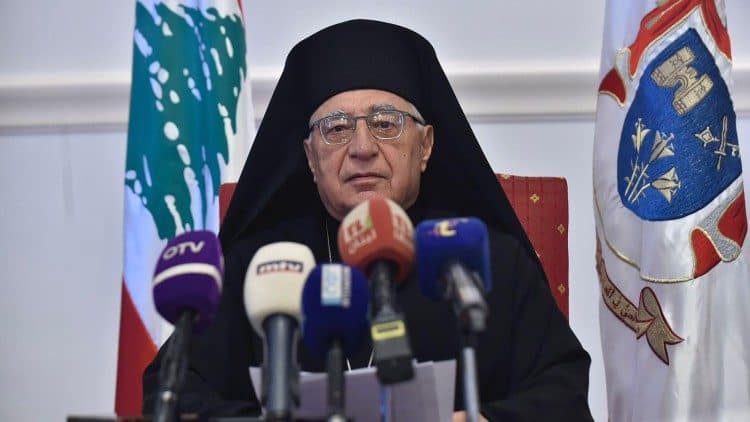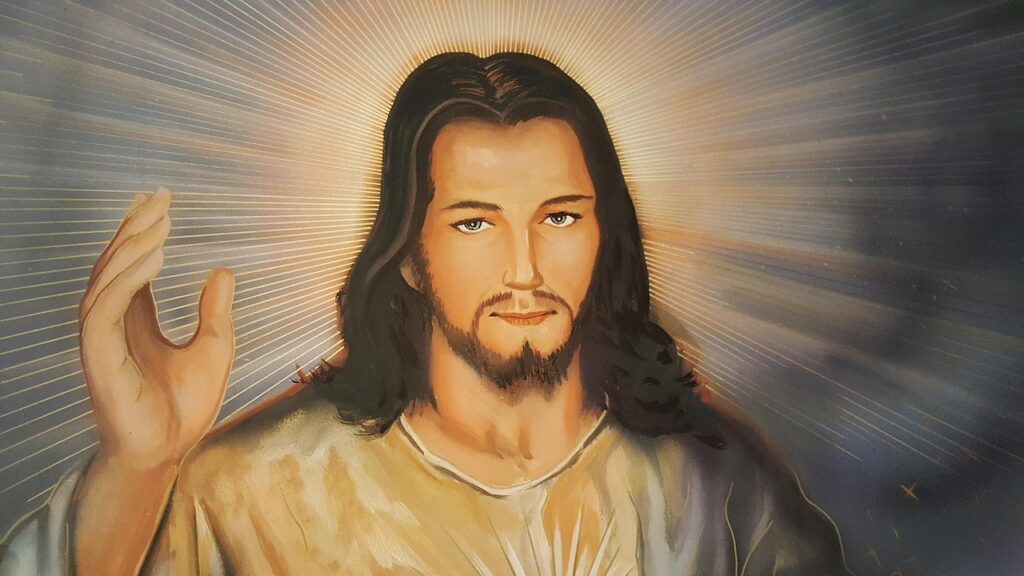Melkite Church to mark 300 years of union with Rome with Jubilee
Melkite Patriarch Youssef Absi announces a special Jubilee year in 2024 to celebrate the restoration of the full Communion with Rome

In 2024 the Melkite Greek Catholic Church is set to celebrate a special Jubilee Year to mark the 300th anniversary of the restoration of the full Communion with the Church of Rome, in 1724.
The year-long celebration was announced on July 11 by Melkite Patriarch Youssef Absi during a press conference at the Patriarchate of Antioch’s headquarters in Raboué, Lebanon, according to Fides Agency. “The Synod of our Church did not want this anniversary to pass without us reflecting on the past, present and future path of our Church and her mission,” Patriarch Absi said.
Jubilee opening on November 11
The Jubilee Year entitled “The Greek-Melkite Catholic Church: an ecumenical journey 1724-2024” will open on November 11 with a solemn liturgy presided over by the Patriarch in the Patriarchal Cathedral of Our Lady of the Dormition in Damascus.
With more than 1.5 million faithful, the Melkite Greek Catholic Church is one of the largest Eastern Churches in union with Rome , tracing its roots back to the ancient See of Antioch, where the followers of Christ were first called Christians.
History of Melkite Church tracing its roots back to the 1st century
During the press conference Patriarch Youssef also recalled the theological disputes and divisions that throughout history have divided the ecclesial communities born from the first apostolic preaching.
Christians who followed the decisions of the Council of Chalcedon in 451 were called Melkites (“King’s Men”) from the ancient Syriac word for king — “Malko” — because they accepted an understanding of Jesus Christ that was shared by the Emperor.
In the Middle East, starting from the 17th century, Western Catholic missionaries “sought to heal the breach and achieve the desired unity between the Patriarchate of Antioch and the Church of Rome,” Patriarch Youssef said.
Reunification with Rome in 1724
This effort grew into a “reunification movement,” which, along with other important factors, led to other divisions within the Church of Antioch itself.
In 1724, Patriarch Cyril VI of Antioch affirmed the Melkite Church’s union with Rome that had existed during the first millennium of Christianity. Since then the “Melkite” Church of Antioch was formally divided between Greek Orthodox (not in union with Rome) and Greek Catholics (in union with Rome). In time the term ‘Melkite’ began to be associated exclusively with Catholics.
Despite divisions, “the Churches of Antioch have fulfilled their mission of preserving the Christian faith and have overcome all the critical moments they have lived through,” said Patriarch Absi. And today, “thanks to Almighty God and the will of those responsible, the relationships between our Church and sister Churches continue to be one of mutual respect, brotherly love and collaboration in the service of the one Gospel, while our faithful often have a privileged experience of gathering under the roof of the same house from different denominations to bear a clear testimony of their belonging to Christ.”
In addition to the ecumenical movement, a factor that has united Christians more and more in the Middle East in recent years has been the persecution they have suffered at the hands of jihadists such as the Islamic State group.
The Melkite Church in the world
The Melkite Church is active in Syria, Lebanon, and other countries of the Middle East, but due to emigration over the years there are eparchies in Europe, the Americas, and Oceania. The U.S. Eparchy of Newton, Massachusetts, has more than 50 parishes and missions throughout the US.
The programmme of the Jubilee Year includes liturgical celebrations, study conferences, publications and in-depth historical, theological and ecumenical studies, and exhibitions on the spiritual and artistic heritage preserved by the Melkite communities in the Middle East.
Related

A Call for Peace in 16 Languages in Krakow and Across Six Continents
Heschel Centre for Catholic-Jewish Relations at the Catholic University of Lublin
11 March, 2025
2 min

The Spirit led him through the desert, while he was tempted: Fr. Jorge Miró
Jorge Miró
09 March, 2025
3 min

Reflection by Monsignor Enrique Díaz: Temptations
Enrique Díaz
08 March, 2025
6 min

The Church in Mexico calls to promote the culture of life in the Jubilee of Hope 2025
Exaudi Staff
06 March, 2025
1 min
 (EN)
(EN)
 (ES)
(ES)
 (IT)
(IT)

